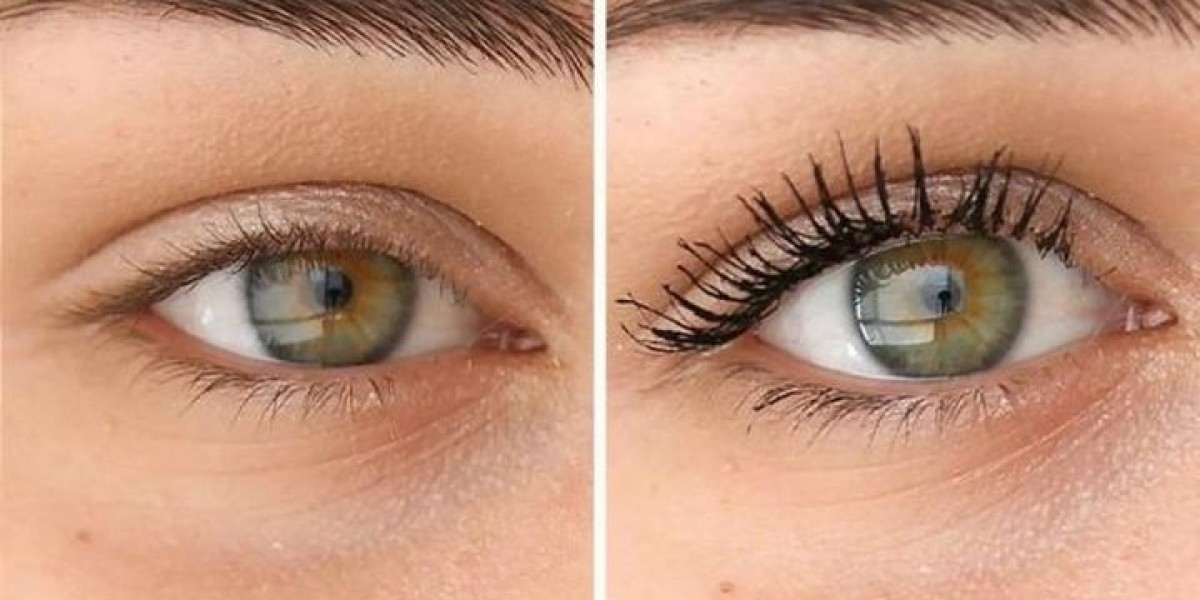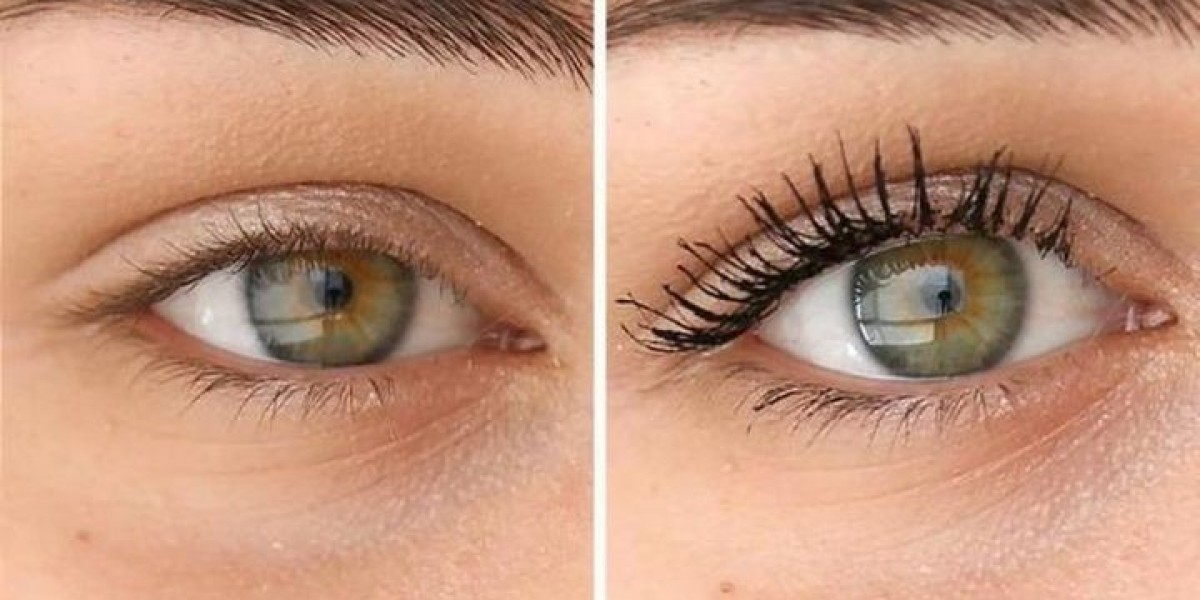Keeping Your Bi-Fold Doors Folding: A Guide to Common Repairs
Bi-fold doors, likewise known as folding doors, have actually become a popular choice for property owners looking for to effortlessly blend indoor and outside living areas. Their ability to concertina neatly to one side offers a wide opening, optimizing natural light and producing a sense of spaciousness. From patio entryways to room dividers, bi-fold doors enhance both performance and looks. Nevertheless, like any moving part in a home, bi-fold doors are subject to wear and tear gradually. Routine usage and ecological aspects can lead to different problems that, if left unaddressed, can jeopardize their smooth operation and durability.
Understanding the common issues that can occur with bi-fold doors and understanding how to take on standard repairs is crucial for maintaining their efficiency and beauty. This post intends to offer an informative guide to typical bi-fold door repairs, empowering property owners to troubleshoot small problems themselves and recognize when professional intervention is essential. We will dig into the normal problems, use step-by-step DIY repair suggestions, and discuss preventative measures to guarantee your bi-fold doors continue to work flawlessly for several years to come.
Typical Bi-fold Door Problems: Identifying the Issues
Before trying any repairs, it's essential to precisely detect the issue impacting your bi-fold doors. Common issues can vary from simple modifications to more complicated part failures. Here are a few of the most regular issues you might experience:
- Sticking or Stiff Movement: This is arguably the most common grievance. Doors might become difficult to open or close, needing extreme force. This is often brought on by friction, blockage in the tracks, or an absence of lubrication.
- Misalignment: Doors might appear irregular, not closing flushly, or rubbing versus the frame. Misalignment can originate from loose hinges, track concerns, or even structure settling gradually.
- Damaged Hinges: Hinges are vital for the folding action. They can end up being loose, bent, or even break due to continuous use or excessive force. Harmed hinges will make the doors droop or bind.
- Damaged Rollers or Tracks: Bi-fold doors depend on rollers gliding smoothly within tracks. Rollers can use down, fracture, or end up being jammed. Tracks can likewise become bent, unclean, or harmed, impeding smooth motion.
- Damaged Panels or Glass: While less regular, panels or glass panes can crack or break due to effect or stress. This provides a safety threat and needs immediate attention.
- Drafts or Leaks: Gaps around the doors, specifically when closed, can cause drafts, water leakages, or increased energy bills. This might be due to damaged weather stripping, misalignment, or warping.
DIY Bi-fold Door Repairs: Taking Matters into Your Own Hands
Many common bi-fold door problems can be resolved with standard DIY abilities and a few readily available tools. Nevertheless, it's crucial to focus on safety and take a detailed technique. If you are unpleasant with any of these treatments, or if the issue appears complex, it's always best to consult an expert.
Here are some DIY repair techniques for common concerns:
1. Resolving Sticking or Stiff Movement:
This is often the easiest issue to solve.
Cleaning up the Tracks:
- Carefully check the top and bottom tracks for any particles, dirt, or blockages.
- Use a vacuum with a crevice tool or a stiff brush to completely clean up out the tracks.
- For persistent dirt, use a wet cloth and mild cleaning agent. Make sure the tracks are entirely dry later on.
Oiling Rollers and Tracks:
- Apply a silicone-based lube spray to the rollers and along the tracks. Silicone lubricant is preferred as it doesn't bring in dust and grime like oil-based lubes.
- Open and close the doors numerous times to disperse the lube uniformly.
- Clean away any excess lubricant with a tidy fabric.
2. Rectifying Minor Misalignment:
Slight misalignment can typically be corrected with hinge or roller changes.
Adjusting Hinges:
- Locate the change screws on the hinges. These are normally small screws on the hinge plates.
- Using a screwdriver, thoroughly loosen the screws slightly.
- Gently adjust the door panel to straighten it. You might require to open and close the doors a few times to check the alignment.
- Once aligned, tighten up the screws securely, but avoid over-tightening.
Changing Rollers (if suitable):
- Some bi-fold bifold door maintaining tips systems have adjustable rollers. Locate the modification mechanism (typically a screw or nut on the roller assembly).
- Using the suitable tool, adjust the roller height a little to raise or lower the door panel as needed.
- Evaluate the door motion and make further changes up until the bifold door won't fold operates efficiently and is effectively aligned.
3. Hinge Replacement:
Replacing a damaged hinge is a reasonably challenging DIY job.
Gathering Tools and Materials:
- New hinge of the right type and size.
- Screwdriver (matching the screw type on your hinges).
- Pencil.
- Perhaps a drill and pilot drill bit if brand-new screw holes are required.
Step-by-Step Hinge Replacement:
- Carefully get rid of the screws securing the old hinge to both the door panel and the frame.
- Get rid of the old hinge.
- Position the brand-new hinge in the exact same area as the old one.
- Line up the screw holes of the new hinge with the existing holes.
- If the screw holes line up, place and tighten the screws to secure the new hinge.
- If the screw holes do not line up, use a pencil to mark the brand-new screw hole locations through the hinge holes.
- Remove the hinge and pre-drill pilot holes at the marked places utilizing a drill and pilot drill bit (slightly smaller than the screw size).
- Re-attach the new hinge and secure it with screws.
- Check the door movement to ensure the new hinge functions correctly.
4. Attending To Minor Roller or Track Issues:
Cleaning and lubrication can typically resolve small roller and track problems. If rollers are noticeably damaged, replacement might be essential.
- (As described in Section 1) Clean and oil the tracks and rollers first.
- Roller Replacement (if necessary):
- Identify the kind of rollers your doors use. You may require to remove a roller to take it to a hardware store for matching.
- Depending upon the door system, you might require to partly take apart the door to gain access to and eliminate the old roller.
- Install the new roller in the reverse order of elimination.
- Make sure the roller is securely in place and moves easily in the track.
When to Call a Professional: Recognizing Limitations
While DIY repairs can be reliable for numerous concerns, particular problems require the know-how and tools of an expert bifold Door hardware repair repair service. It's sensible to look for expert help in the following circumstances:
- Complex Misalignment Issues: If changes to hinges and rollers do not fix considerable misalignment, it could show a structural issue or a more complicated problem that requires professional diagnosis and correction.
- Broken Glass Replacement: Replacing broken glass panes in bi-fold doors is a safety-sensitive job that should be managed by professionals. They have the expertise and tools to securely eliminate damaged glass and install new panes, ensuring appropriate sealing and security compliance.
- Structural Damage to the Frame: If you see fractures, warping, or other structural damage to the door frame, this is a major issue that requires expert assessment and repair. Attempting DIY repairs on structural elements can be risky and jeopardize the integrity of the door system.
- Concerns with the Locking Mechanism: Problems with the locking mechanism, such as a jammed lock or a lock that doesn't engage properly, can jeopardize security. Professional locksmiths or door repair technicians can identify and repair intricate locking system issues.
- Uncertainty or Discomfort: If you are uneasy carrying out any of the DIY repairs described above, or if you are unsure about the nature of the issue, it's always best to err on the side of care and call a professional.
Preventative Maintenance: Extending the Life of Your Bi-Fold Doors
Proactive upkeep is essential to decreasing repairs and guaranteeing the long life expectancy of your bi-fold doors. Implementing a regular upkeep regimen can conserve you money and time in the long run.
Here are some essential preventative maintenance tips:
- Regular Cleaning: Clean the tracks and rollers at least a couple of times a year, or more often in dirty or exposed environments. This prevents particles buildup that can cause sticking and wear.
- Lubrication: Lubricate the rollers and tracks every year with a silicone-based lubricant. This keeps the doors moving efficiently and minimizes friction.
- Check Hinges and Screws: Regularly examine hinges for looseness and tighten any screws that have become loose. This avoids misalignment and hinge damage.
- Examine Weather Stripping: Inspect weather condition stripping for damage or deterioration and replace it as needed to maintain weather tightness and energy performance.
- Mild Operation: Avoid slamming the doors or requiring them open or closed. Mild operation decreases tension on hinges, rollers, and other elements, prolonging their lifespan.
Bi-fold doors offer a beautiful and functional addition to any home, bringing the outdoors in and creating flexible home. Understanding common repair requirements and implementing fundamental upkeep practices are important for guaranteeing their continued smooth operation and longevity. By following the DIY repair advice detailed in this article and recognizing when professional assistance is needed, you can keep your bi-fold doors folding effortlessly and boost your home for many years to come. Keep in mind, regular care and prompt attention to minor issues can avoid more expensive and intricate repairs down the line, preserving the charm and functionality of your financial investment.
Frequently Asked Questions (FAQs) About Bi-Fold Door Repairs
Q1: How frequently should bi-fold doors be serviced?
A: A standard service, including cleansing and lubrication, ought to be carried out at least yearly. In dirty or high-use environments, more regular maintenance may be useful.
Q2: What tools are needed for fundamental bi-fold bifold door won't open repairs?
A: For most fundamental repairs, you will require:
- Screwdrivers (various types, consisting of Phillips and flathead)
- Vacuum cleaner with crevice tool
- Stiff brush
- Silicone-based lube spray
- Potentially a damp fabric and moderate cleaning agent
- Possibly a drill and pilot drill bits for hinge replacement
Q3: Can I replace bi-fold door hinges myself?
A: Yes, changing hinges is a DIY job for those comfy with basic home repairs. Follow the detailed directions laid out in this article, guaranteeing you use the right type and size of hinge.
Q4: How can I stop my bi-fold doors from sticking?
A: The most typical reasons for sticking doors are filthy tracks and absence of lubrication. Frequently cleaning the tracks and rollers and using silicone lubricant will typically fix this issue.
Q5: How much does it cost to repair bi-fold doors expertly?
A: The cost of professional bi-fold door repairs varies depending upon the intricacy of the issue, the parts needed, and the labor rates in your location. Basic repairs like track cleansing or roller replacement may cost between ₤ 50-₤ 150, while more intricate repairs like hinge replacement, glass replacement, or structural issues can vary from ₤ 200-₤ 500 or more. It's always best to get a quote from a qualified door repair service for an accurate quote.






